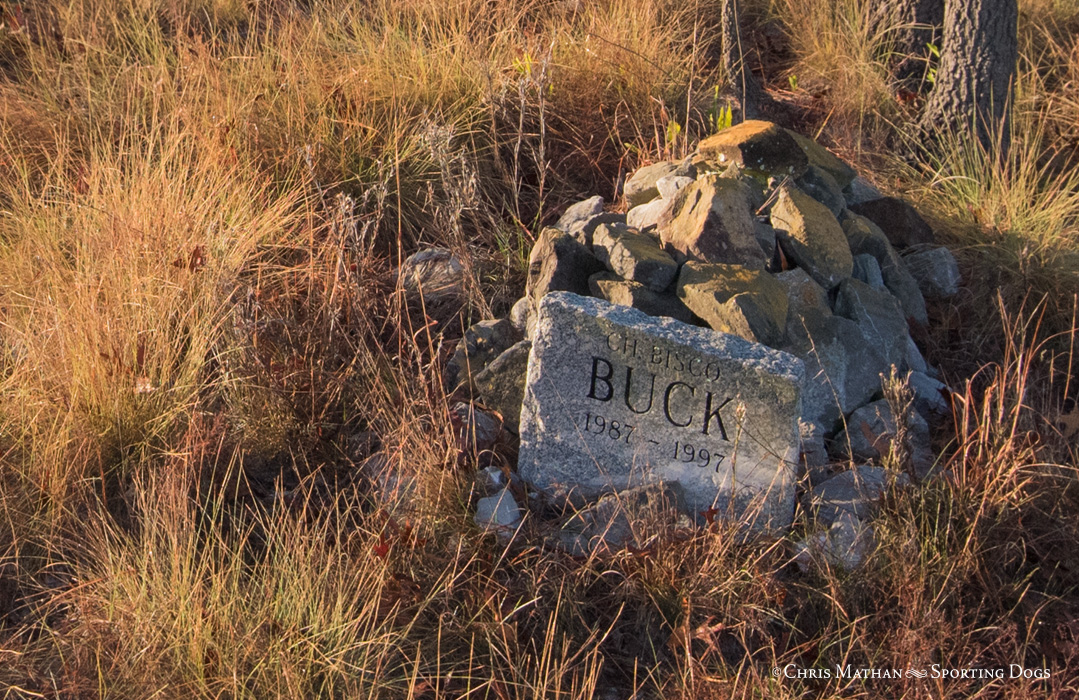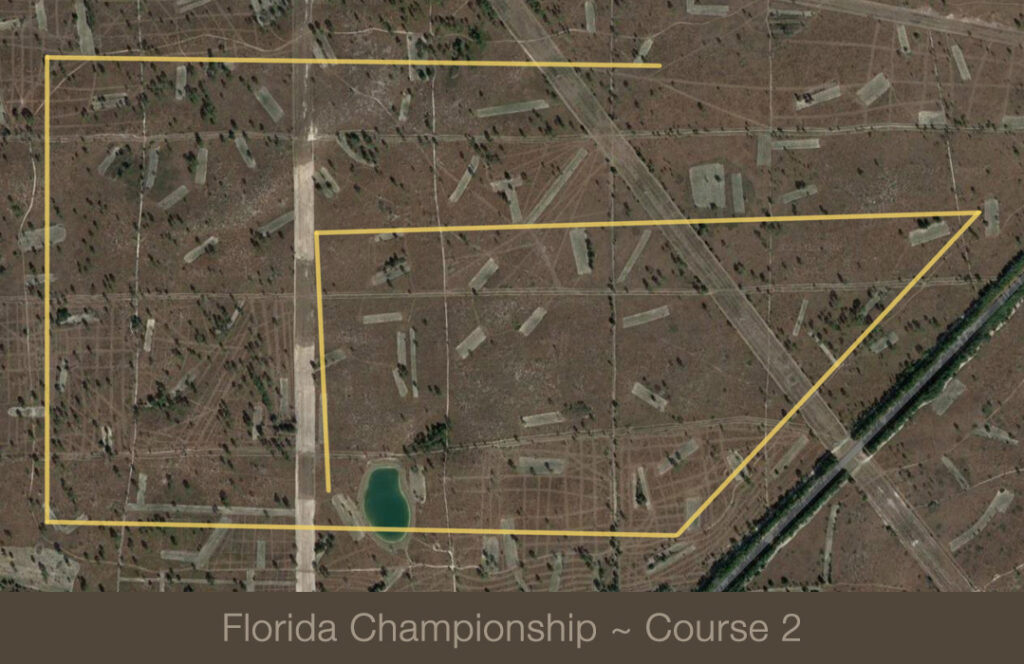It has been my privilege to report the Florida Open All-Age Championship at Chinquapin Farm each year since 1995. In those years I have watched many great performances by the best all-age dogs competing in four decades. The memories of those races are indelible, subject to recall when least expected, sometimes on waking in the night, sometimes when driving to an appointment, sometimes on seeing a dog’s or handler’s name in print or image in a photo on Strideaway.com.
The field trial sport is obscure, known to but a few. But to those of us who love trials, it is magic. It gives us thrills unrivaled, as contestants, or observers. To see a great pointing dog do it’s thing on good grounds is for us like watching the Boston Symphony Orchestra or a Rolling Stones Concert or the Belmont Stakes, depending on one’s taste.
A field trial performance is a show, yes, a performance. A performance by dog, handler, and scout, and their mounts. And the stage on which the performance unfolds, the course, is key.
Of all the courses on which quail are the quarry, none is so grand as the one-hour Course Two at Chinquapin Farm. And blessedly, in all the years I have reported the Florida, it has held ample coves of wild quail.
How did Course Two come to be? In 1969 Ted Baker sponsored the first Florida Open All-Age stake at Chinquapin. Encouraged by Red Weddle, a former pro handler and with his son, a restauranteur in Lake City, Ted reactivated the dormant Suwannee River Field Trial Association with Red as President and Ted as Secretary and guaranteed a $2000 purse for the All-Age and $1000 for the Open Derby. Word of the purses and and ample birds spread and a number of southern pros responded, including Fred Arant Jr. Ted built a combination horse barn and clubhouse and kennels for visiting dogs for the occasion
The courses had not been laid out with precision. Riding as Marshal, Ted gave vague orders to handlers on where the courses lay. Fred blew up in anger at the lack of definition of the course paths. Ted sent John Murphree to Fred with instructions to refund his entry fees and order him off. Fred apologized and offered to stay after the trial and lay out and mark the courses. The offer was accepted and Fred stayed two weeks. The same courses are used today. Fred returned with his string every year until his retirement from the circuit.
Course Two begins at the gate in the east-west sand road (Drawdy Road) off Route 247 at the foot of Buck’s Hill (atop which Champion Chinkapin Bisco Buck is buried) and parallels the sand road fence going west to a boundary fence at intersecting north-south road (57th Road), then turns due south paralleling 57th Road to a boundary fence running west to east, then parallel to that fence east to where the line becomes Route 247, then north east along Rout 247, then arcing west again to a north-south gas pipeline, then south along the pipeline to its end. In the early reaches it contains swales on left and right, then after the turn south it flattens in the center but rises to a ridge on the left. At the second corner where it goes east it is again flat in center and on the right but slopes up to a ridge on the left. In its final minutes it rises to the front until it again intersects the gas pipeline, then follows it south sloping down. It has enough slope everywhere to make dogs visible at great distances, but lots of places where a dog can easily be missed by handler and scout and be left on point or slip away to be lost.
A stage built by God and laid out by Fred Arant and burned and strip-mowed by the Bakers who also broadcast grain year-round and create feed patches (for insect production) all over. A grand stage.
Every field trailer should come ride this course at least once. It may be cold, or hot, or raining, but it is never muddy, for it is sand.
I was privileged to watch ole Bisco Buck , and Silverwood, and Rowen’s Gunsmoke and Mega Mike run on it and do it proud. The memories are precious.
Another course at Chinquapin holds legends for epic winning performances. It is quite different in topography from Course Two—almost flat—and not a favorite with handlers who tend to grumble when they draw it. But it has its advantages and plenty of birds. It takes skill to turn those advantages in favor of the dog and to make it look good, but many have won on it over the years, including memorably Double Rebel Buck in 1996 and Chinquapin Reward and Dominator’s Rebel Heir in 2016 and 2017. And Just Irresistible gained Runner-Up honors on it in 2016 as did Double Rebel Pearl in 2002, both with memorable races.
Called “27” for its sectional designation on a topo map, it lies east of Route 137 (Sand Hill Road) which divides Chinquapin. Rectangular and fenced, the fence provides a strategic advantage, it can turn a dog that wants to get away. It is run in clockwise concentric circles, from outside edge toward its center, starting at the west end of the rectangle. It ends on a west to east gas pipeline right-of-way down its center that can provide an ideal stage for a distant finish.
It adjoins the family lands of Jerry Sikes, father of Chinquapin’s Manager Slade Sikes who grew up there. One day when Slade was guiding Ted on “27” Ted remarked after shooting a covey rise, “ There’s been a covey living there since I was a boy.” Without thinking, Slade replied, “Since I was a boy too.”
Slade has worked on Chinquapin since finishing school. When Chinquapin was owned by Florida Rock Industries, he was offered positions away from Chinquapin, but always opted to stay on Chinquapin where he had started as a general hand, then advanced to dog trainer and finally on Joe Hicks’ retirement, to Manager. “We had to hire him to stop him from poaching,” Ted often teases Slade.

